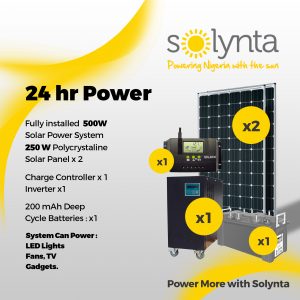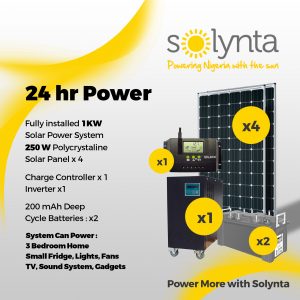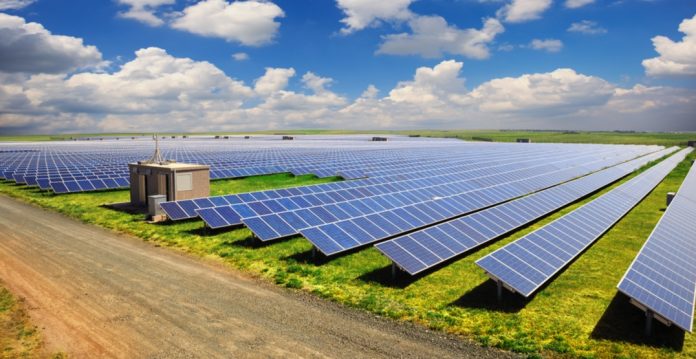Top Four Reasons Why Solar Projects In Nigeria Have Failed

How Nigeria Tends To Achieve Its Renewable Energy Target in 2020
2017-12-27
Top Four Tips On What Africa Needs To Do To Maximize Its Solar Energy Potentials
2017-12-29Top Four Reasons Why Solar Projects In Nigeria Have Failed
With so many public solar projects on the streets of our cities and towns, schools and Primary Health Care Centers, one often wonders why about 98% of these solar projects never make it past the 2 year mark. In this blogpost, we are going to be looking at these reasons so as to gain an insight into what works and what doesn’t ,and why it failed.
Thank you for reading this post, don't forget to subscribe!Ideally, the installation of a solar system anywhere in the world is a great display of foresight and forward thinking – thereby allowing us to discount our energy use of the future and its cost into the present.And also assuring us with a guarantee to enjoy free electricity (continously) from the endless amount of sunshine directed towards our beautiful planet earth.
Many public solar projects fail from the planning stage as careful thoughts are not given to designs, equipment sourcing, financing and servicing, repairs and change of parts. These are significant details that must be understood and agreed upon from the planning stage. Often times, it is discovered that very little thought is given to how public solar projects will be managed sustainably for years once it is built.
Secondly, their are issues around the bidding / tender processes. When reputable companies with a historical track record of success undertakes a solar project, their wealth of experience comes into play as they execute these projects. But in a situation where a political office holder uses the influence of his office to get the job, and then sub contracts it to another firm at a ridiculous cost, there’s no doubt quality and standards will be compromised for profit. Unfortunately, the above scenario is the case with many public solar projects in the past.


The next reason also falls in the project planning stage too. Different locations on earth have different solar irradiance (the amount of sunshine received per square meter in a given location). Identification of the amount of sunshine an area receives is therefore then a critical factor in deciding the siting of a solar project in any location. With this information in hand, it therefore makes absolute sense to site a solar project in an area with 5.5 Hours of sunlight as against an area with 3.5 hours of sunlight. Without this information, the entire cost of this project will have been increased by a factor of 2 with no guarantee of the sustainability of the project as the planning was based on faulty assumptions.
Lastly, there are issues around professional and technical competence. Driving round the city, I have seen solar panels mounted beside a budding tree which eventually grew to completely covering the panels in their shade. I have seen solar panels installed beside high rise buildings with the buildings casting its shade on the panels for a better part of the day. All these and more brings to question the competence of the installers or project developers and makes you wonder if they know their job very well.
In conclusion, solar panels must be kept free of dust, bird droppings and anything preventing its surface from getting unrestricted access to the sunlight of the day.There must also be a cleaning management plan to cater for this for it is non-existent ,will likely lead to the failure of the project.



